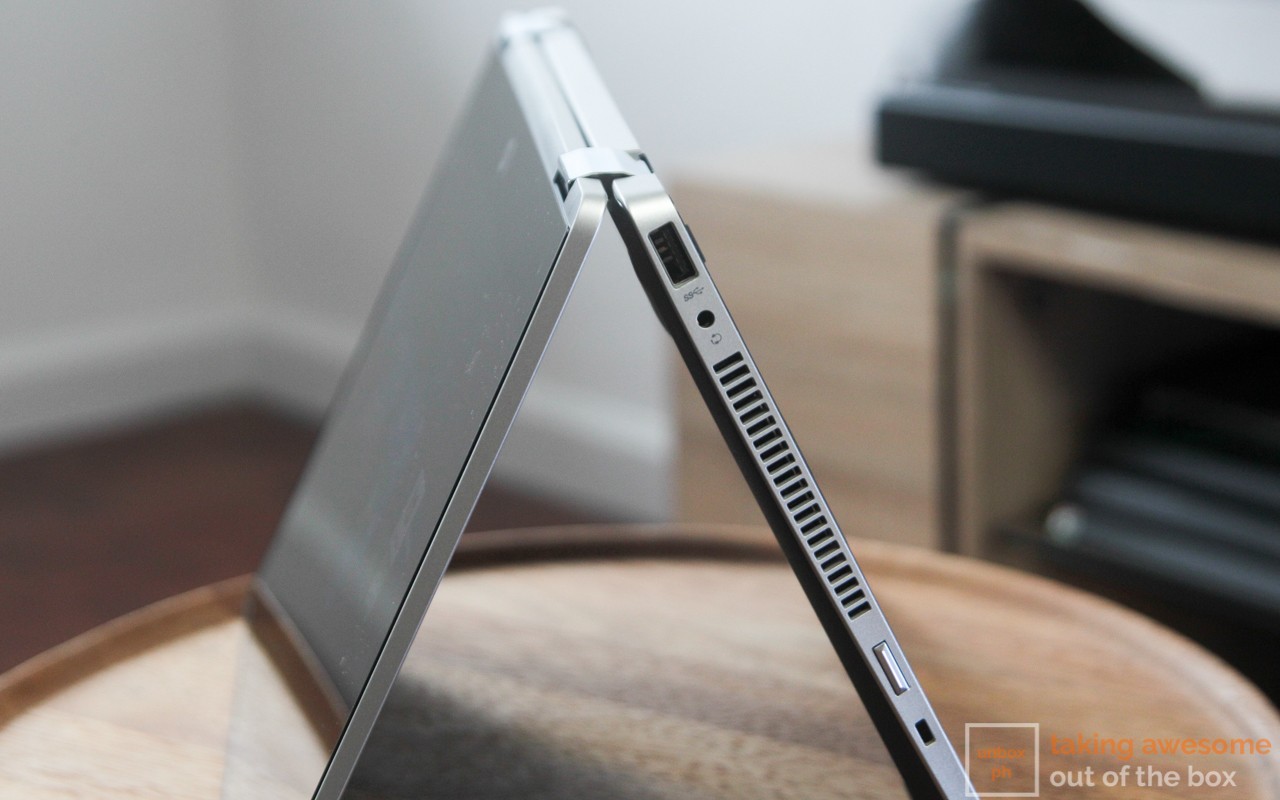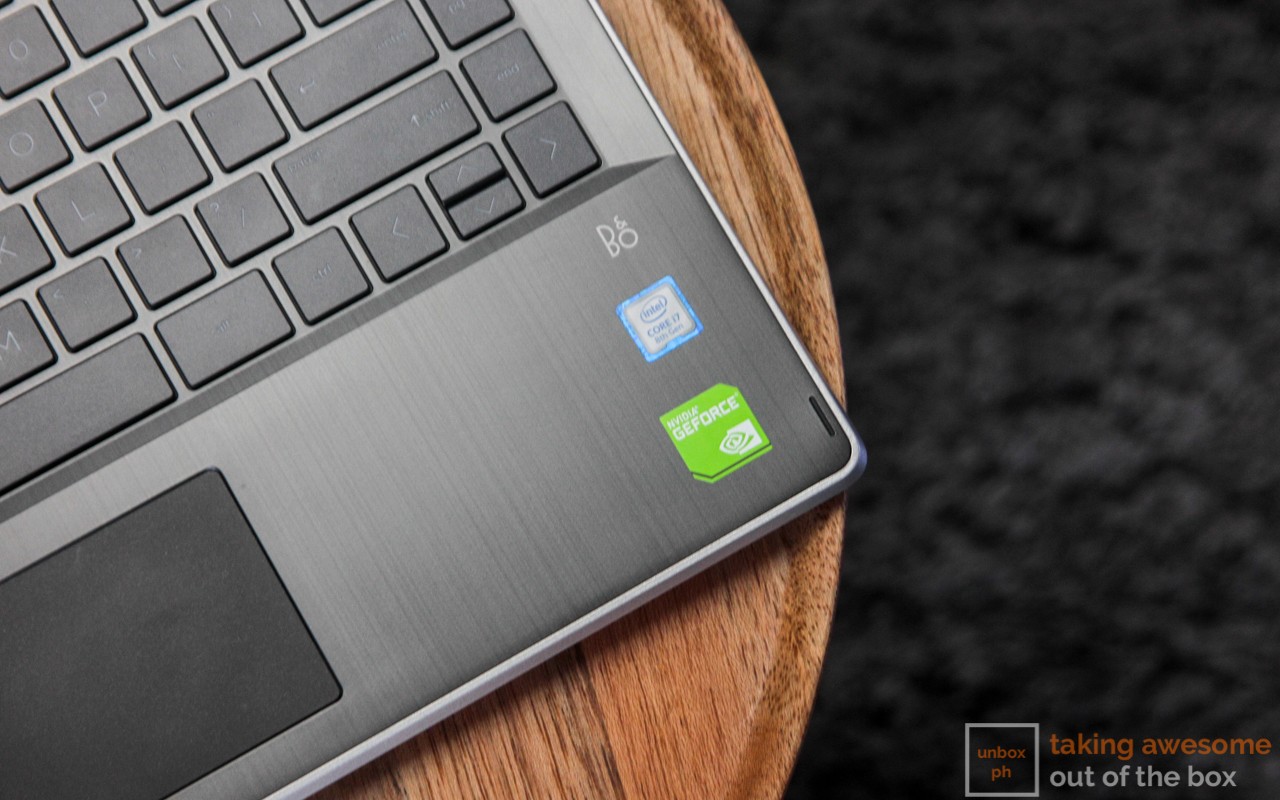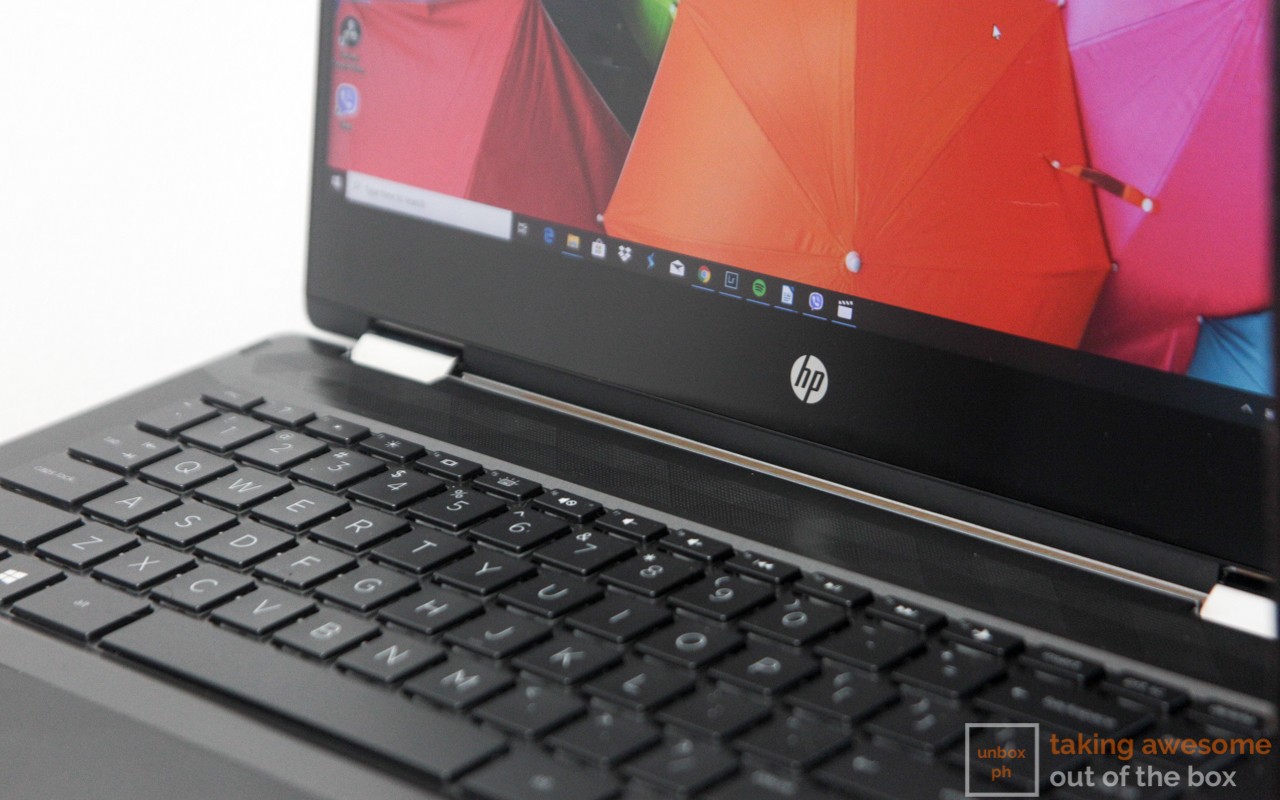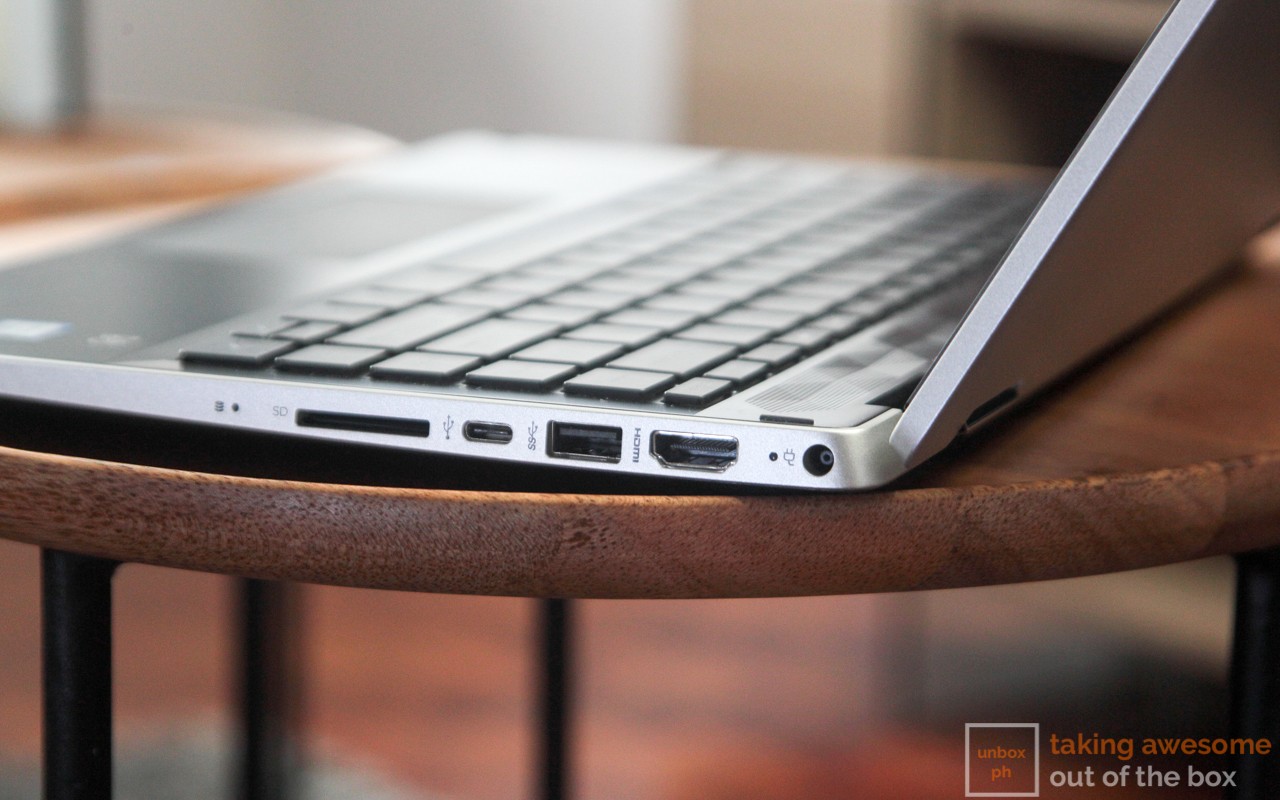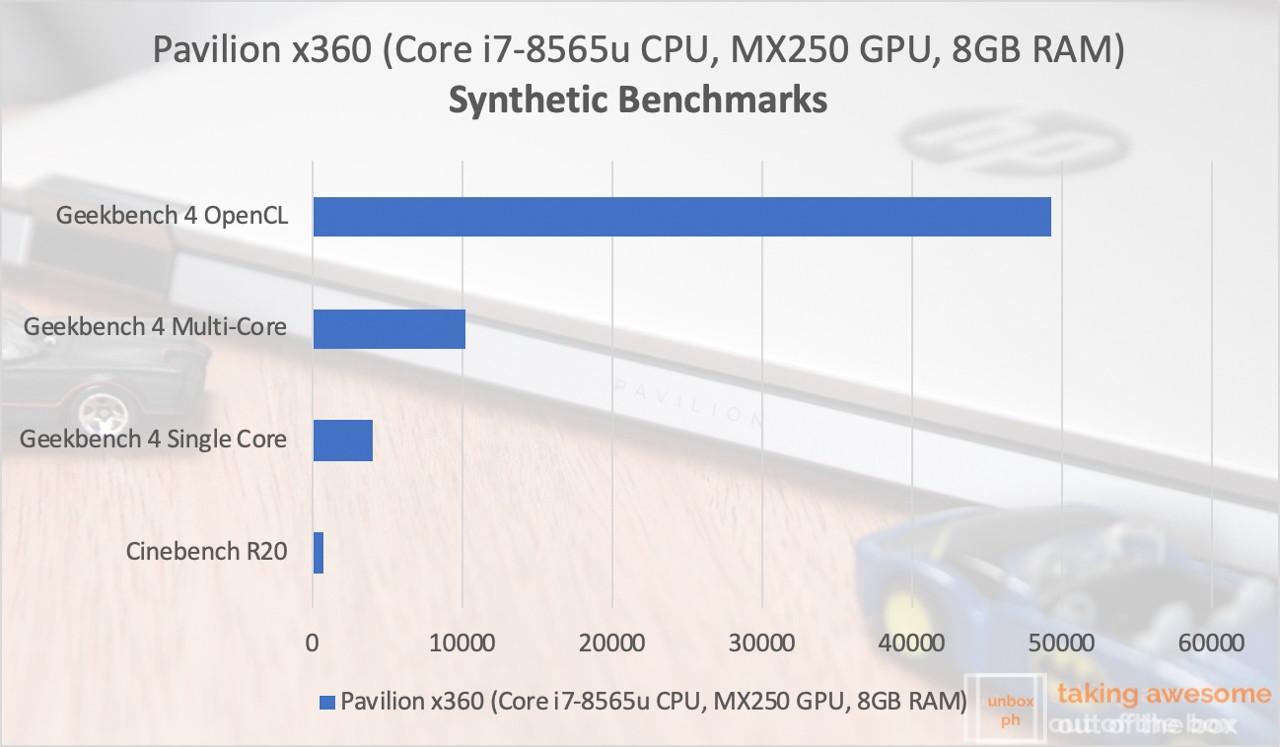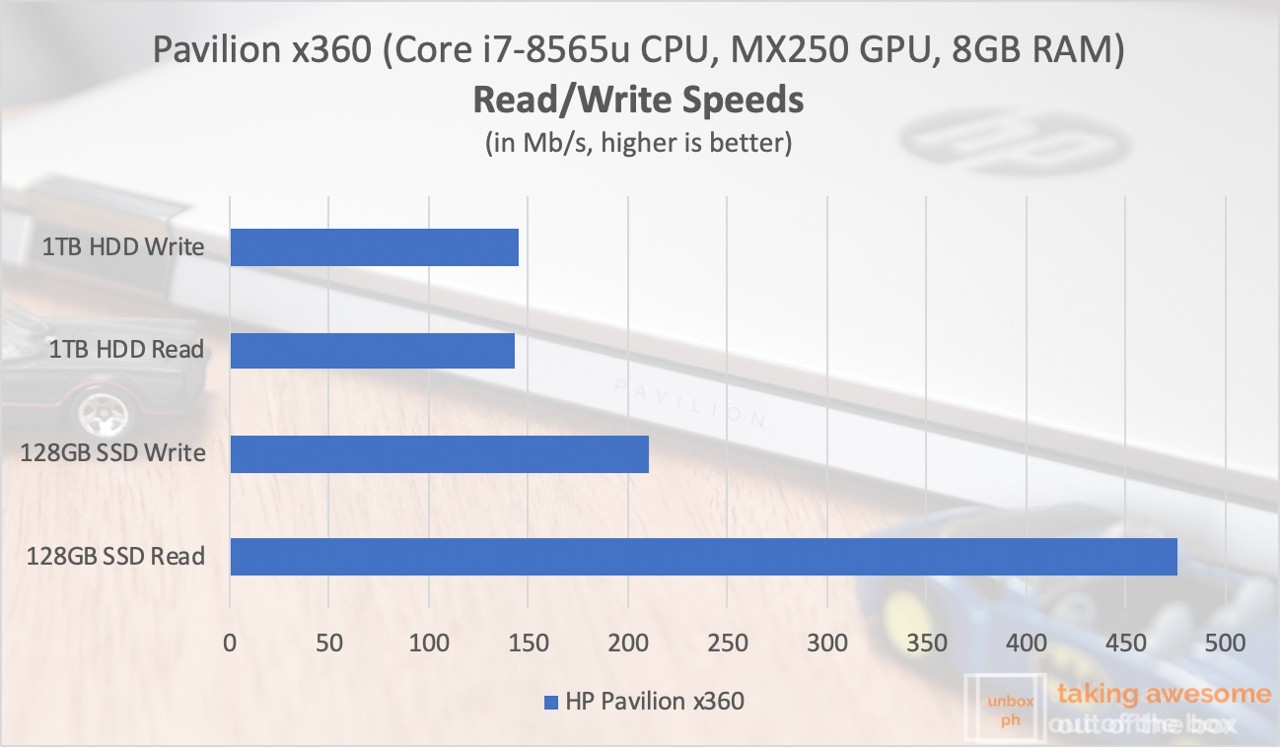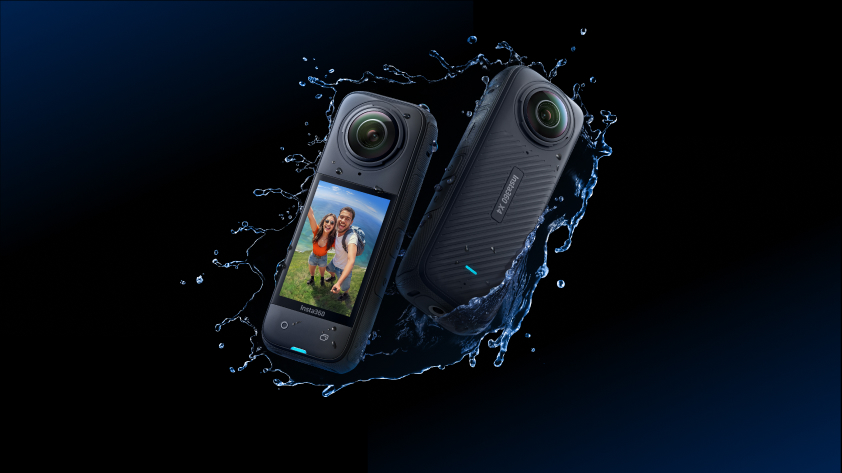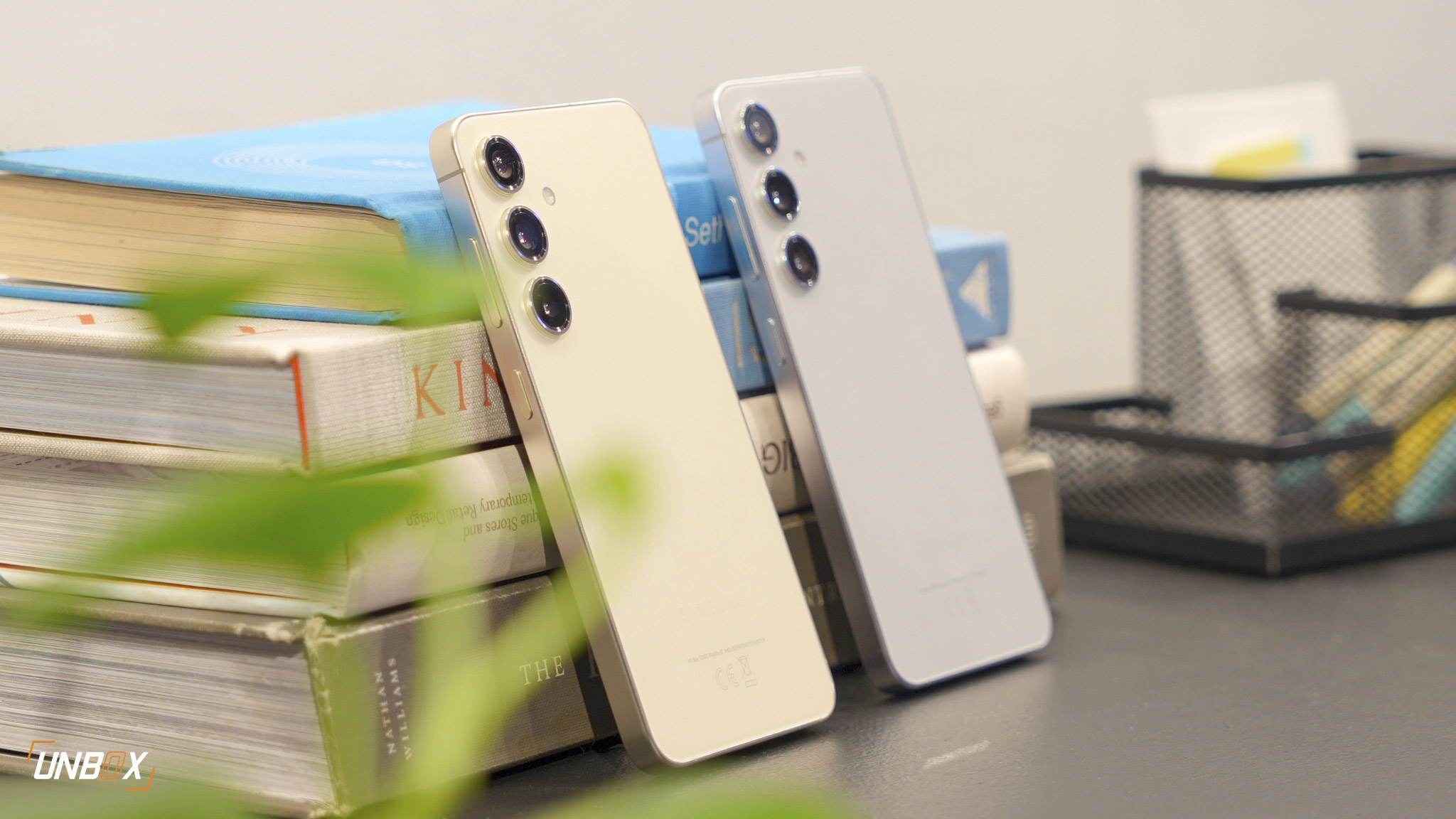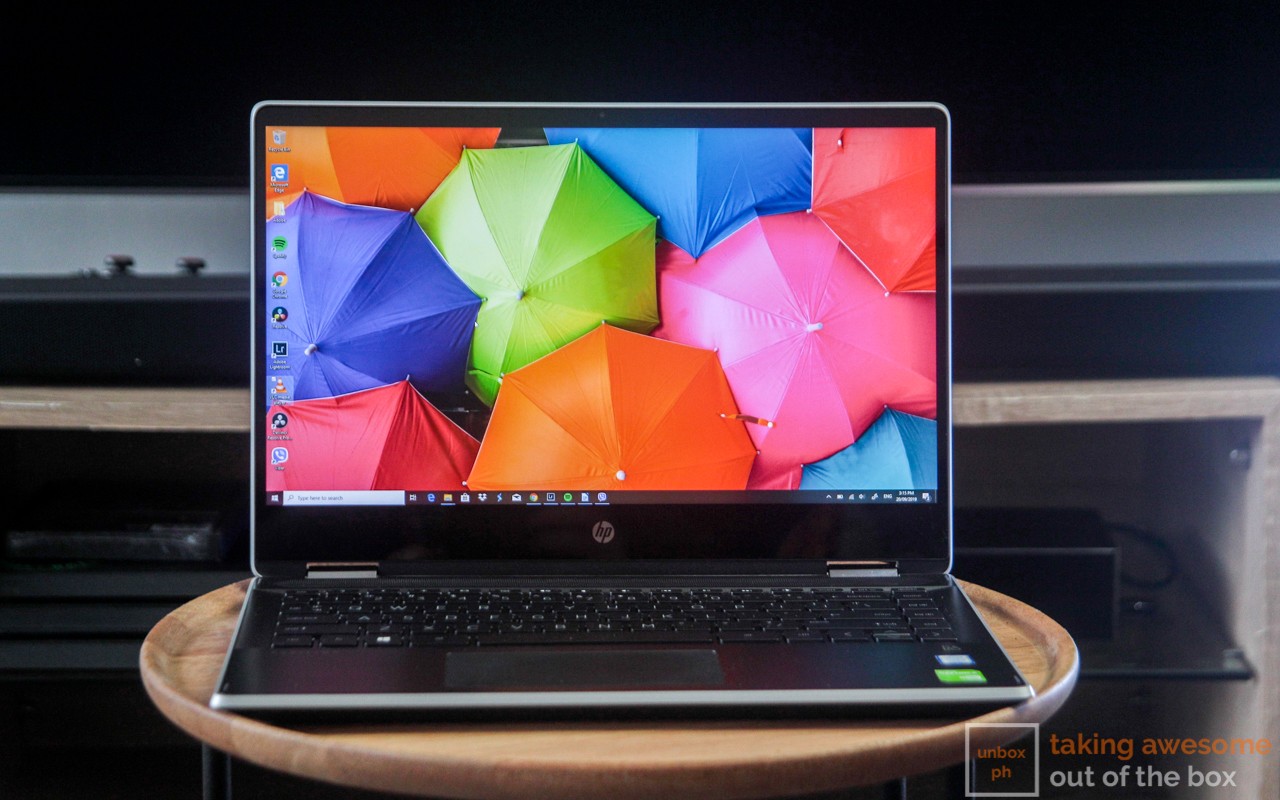 We review the Pavilion x360!
We review the Pavilion x360!
2-in-1 laptops have evolved drastically ever since they first came out in the early 2000s with the Compaq TC1000. Gone are the days when 2-in-1s are bulky, fragile, and slow: newer 2-in-1s like the HP Pavilion x360 come with a sleeker and more elegant design, along with powerful internals and a solid build that can withstand heavy use regardless if you use it as a laptop or tablet.
The current Pavilion x360’s design is close to two years old, with HP updating its internals with 8th-generation Intel processors and beefier GPUs. Does the 2019 Pavilion x360 have what it takes to meet the demands of today’s content creators?
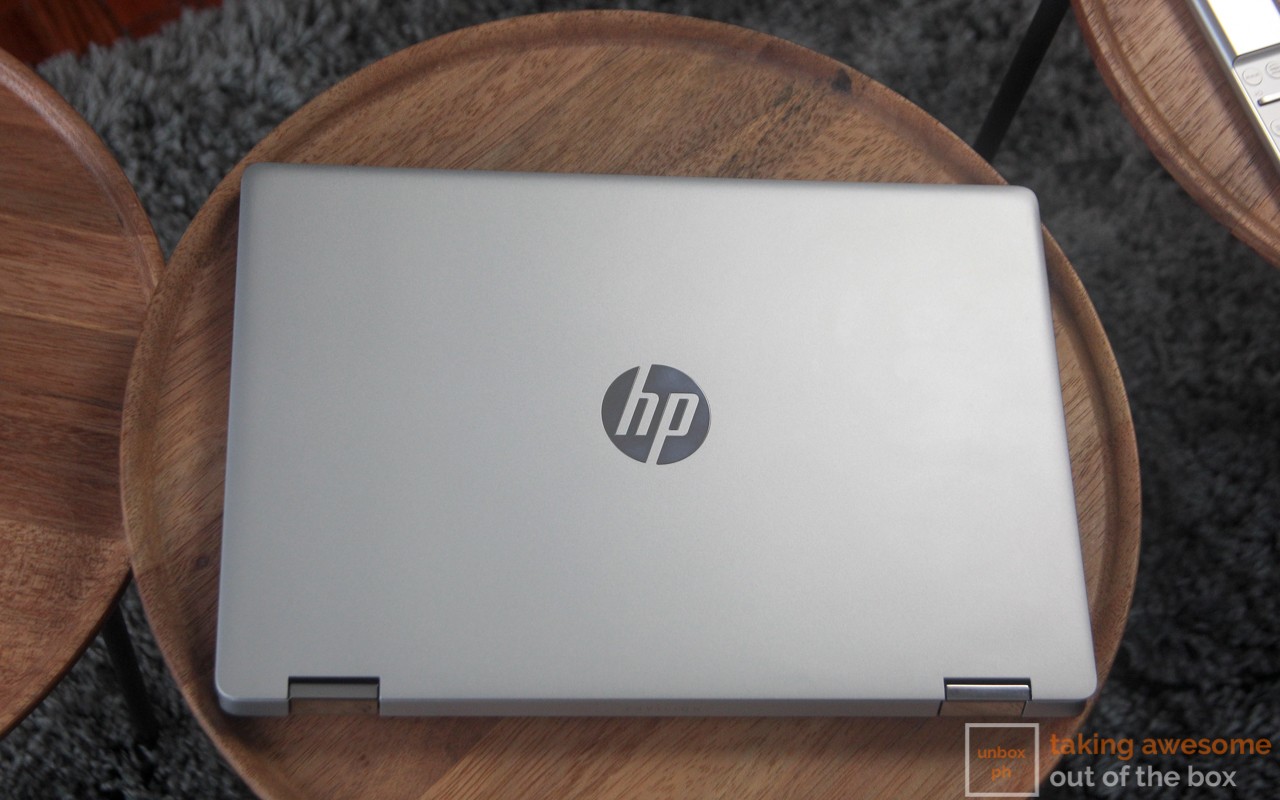 Solid polycarbonate build and metal hinges
Solid polycarbonate build and metal hinges
The Pavilion x360 sports a polycarbonate build, with metal hinges to support its fully articulating touchscreen display. Our review unit comes in two-tone silver and dark grey colors, highlighting the exterior, keyboard and bottom case. Despite using polycarbonate for its body, the Pavilion x360 feels solid, with very little flexing when we open the lid or used it as a tablet. While it is a 2-in-1, the Pavilion x360 remains to be considerably slim at 19.7mm.
The power button is located at the laptop’s left side, and sports an LED light to indicate if it is powered on, in sleep mode, or running out of juice.
Being a 2-in-1 laptop, the Bang and Olufsen-tuned speakers are located right above the keyboard in order to avoid muffled sound quality when using the Pavilion x360 in tent or tablet mode. The stereo speakers are loud even at 50% volume, and sound quality is decent–mids and highs are crisp and clear, while lows are great for a pair of laptop speakers.
The backlit keyboard is pretty cramped for the 14-inch model we are reviewing, but key travel is good. As someone who is accustomed to 15-inch laptops, it took me a while to get used to the Pavilion x360’s keyboard. Nonetheless, the Pavilion x360’s keyboard is a pleasure to use while writing this review and other articles for the site. The trackpad has a generous size despite the laptop’s small frame, and scrolling is very responsive.
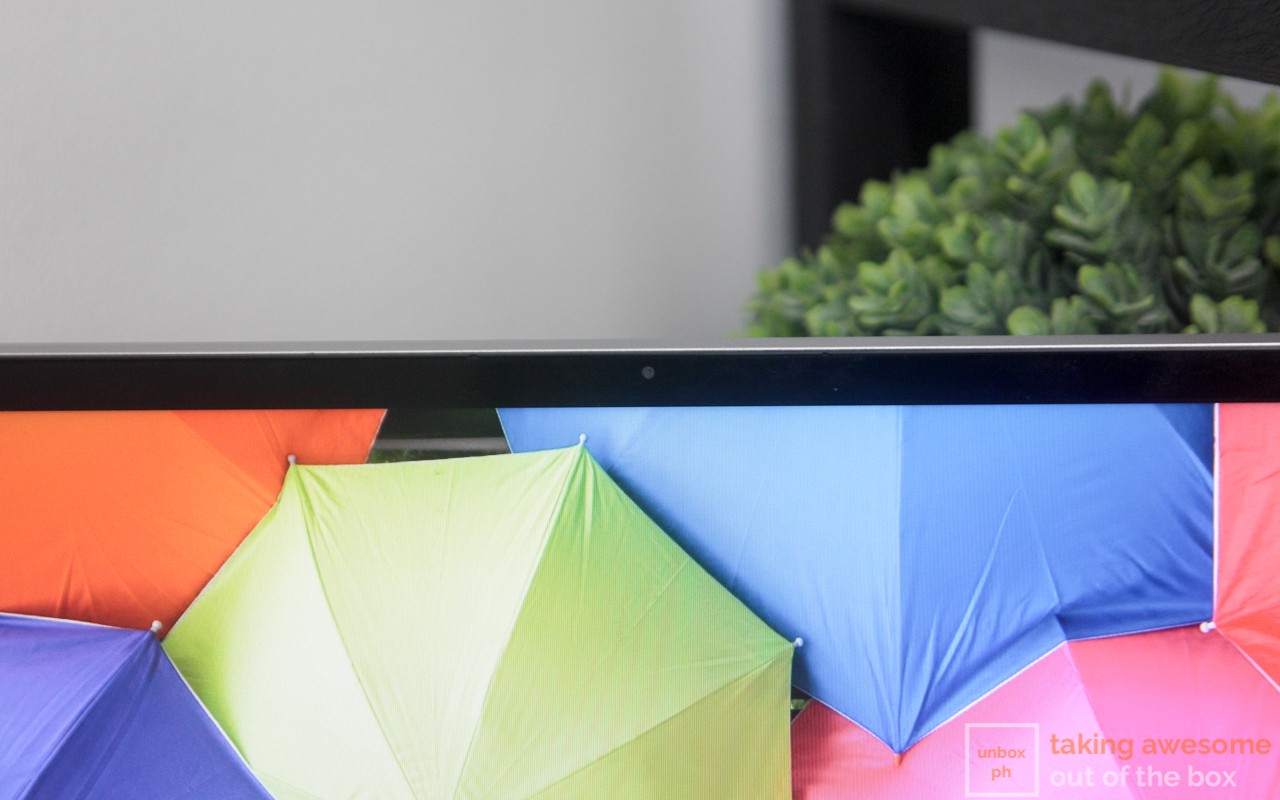 Great display suitable for outdoor use
Great display suitable for outdoor use
Our review unit came with a 14-inch IPS touchscreen display, though the 2-in-1 does come with a bigger 15-inch variant. The Pavilion x360 has a rather thick bottom bezel, and we wished HP to trim it down further in future iterations so that they can fit a bigger display while maintaining its 14-inch chassis. Thicc bottom bezel aside, the Pavilion X360’s IPS panel is bright and is suitable for outdoor use with its 178-degree viewing angle. Colors are vibrant as well, making it a joy to use it in tent mode while binging on some of my favorite YouTube videos. The Pavilion x360 has a responsive touchscreen, and the supplied stylus proved to be useful especially when I was editing photos in Lightroom.
As a device aimed towards creators, you get all the essential ports you need with the Pavilion x360: two USB-A 3.1 ports, USB-C 3.2, HDMI, combo headphone jack, and a full-sized SD card slot. While we laud at the Pavilion x360’s ports, we wished that HP added a slot for the stylus: having a stylus slot inside the 2-in-1’s chassis lessens the chance of losing the stylus while on the go.
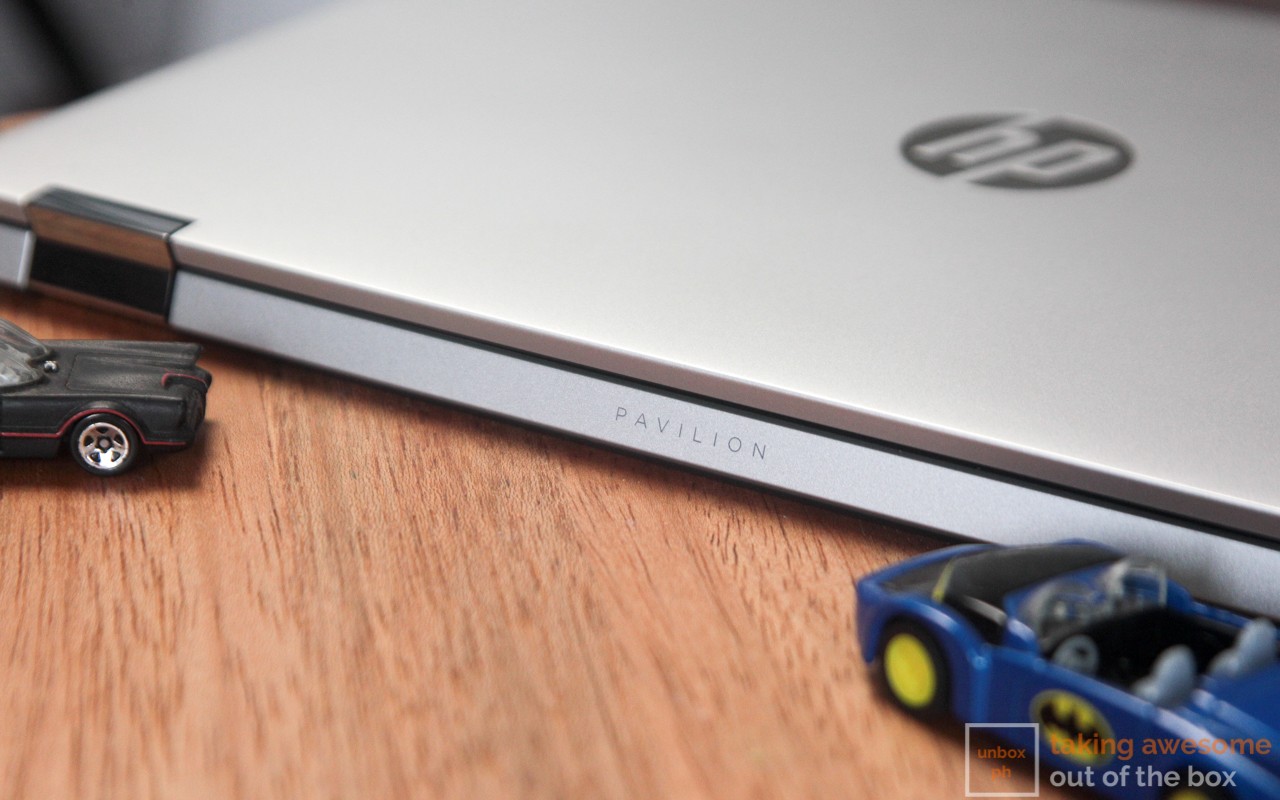 Good processor choice, but SSD is on the slow side
Good processor choice, but SSD is on the slow side
Our review unit came with a Core i7-8565u processor paired with 8GB RAM, MX250 Discrete GPU, 128GB SATA SSD, and 1TB HDD. Check out the benchmark scores we got:
The Core i7-8565u is a tried-and-tested processor that is used on a number of mid-range laptops and 2-in-1s. Paired with an MX250 discrete GPU and 8GB RAM, this configuration can handle various tasks like light-to-medium photo and video editing. I’ve used the Pavilion x360 to edit a bunch of photos in Lightroom and a few videos in DaVinci Resolve, and it performed well.
The downside with the Pavilion x360 we have, however, is with its SSD drive. We only got a random read score of 476mb/s on CrystalDiskMark, which is pretty low for an SSD. While you will not notice the low SSD speeds with most tasks, you will feel the throttling when handling large files–ie. editing 60FPS Full HD footage using DaVinci Resolve or Premiere Pro.
 Commendable battery life for a 2-in-1
Commendable battery life for a 2-in-1
Armed with a 3-cell battery, the Pavilion x360 has a decent battery life for its class. We got around 7 hours and 30 minutes of battery life when we ran our video loop test (WiFi on, YouTube in autoplay mode, 50% brightness, 50% volume), and I managed to use the laptop for an entire workday, leaving me with around 15% juice left by the time I arrived home to charge it up. Speaking of charging, the supplied 65w power adapter can juice up the Pavilion x360 to 100% in around 1 hour and 45 minutes.
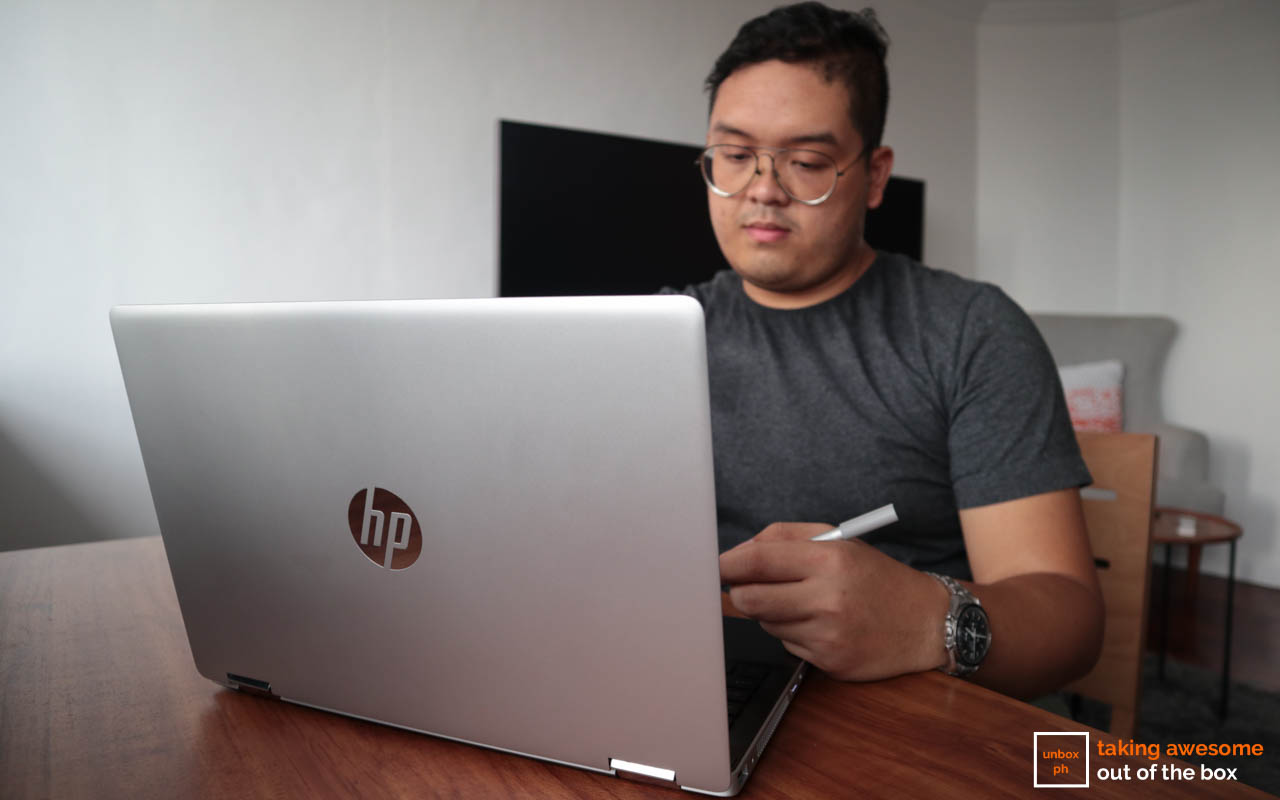 Verdict: 2-in-1s have come a long way
Verdict: 2-in-1s have come a long way
While I’m more of a laptop user than a tablet user, the Pavilion x360 made me appreciate the features of 2-in-1 laptops. This niche form factor has come a long way such that they offer the best of both worlds while maintaining a compact and sleek package. Off the bat, our review unit was almost perfect if not for the rather slow SSD drive. Otherwise, it is a 2-in-1 laptop worth considering if you are a content creator.
The unit that we reviewed is currently priced at Php 62,990 at Villman. While it is a 2-in-1 laptop worth considering, we suggest that you wait for the refreshed models that come with 10th-generation Intel processors.
HP Pavilion x360 Specs
- Intel Core i7-8565U processor
- 8GB DDR3 2133MHz SDRAM
- Intel HD Graphics 620 Integrated GPU
- NVIDIA MX250 Discrete GPU with 2GB GDDR4 VRAM
- 14-inch Full HD touchscreen display
- 128GB PCIe SSD
- 1TB HDD
- HDMI, 2x USB 3.1 Gen 1, USB-C, Combo headphone jack, SD card slot
- Active stylus, backlit keyboard, B&O tuned speakers
- 3-cell 42Wh battery


